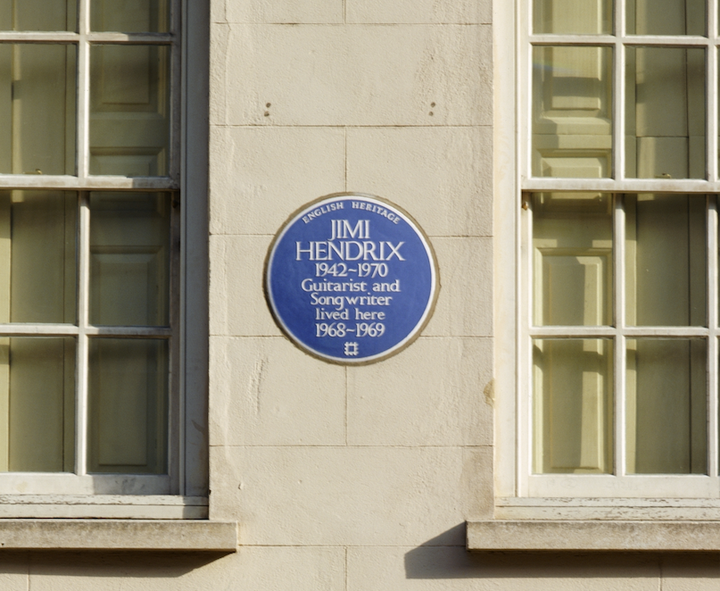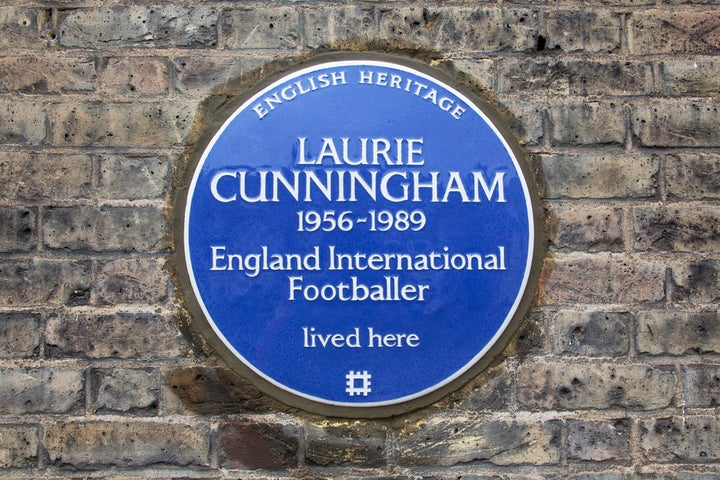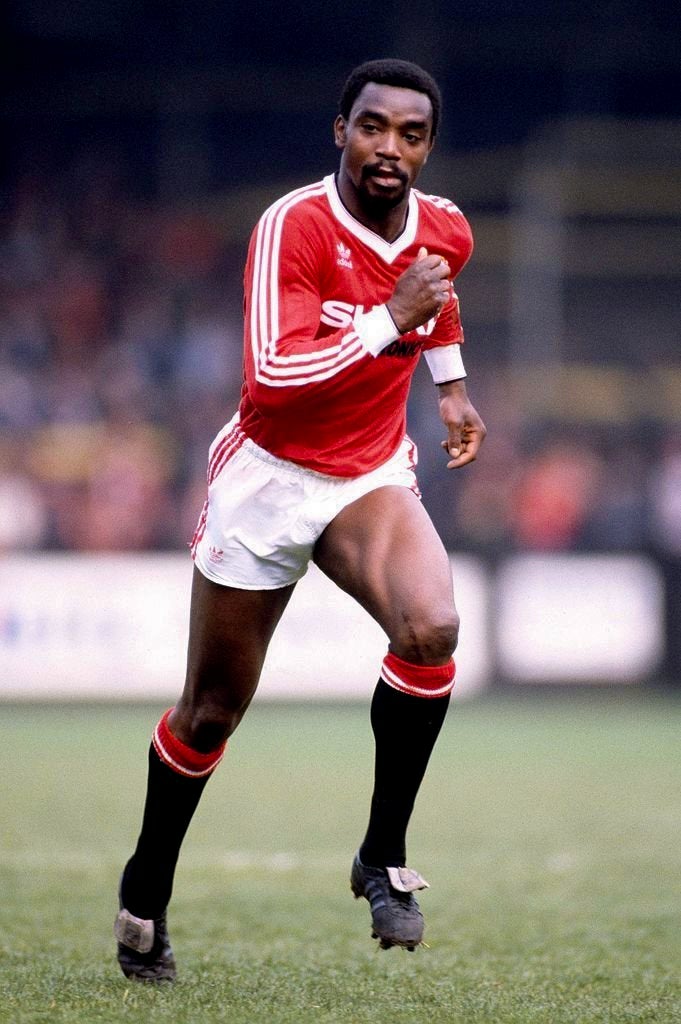Less than 4% of hundreds of commemorative blue plaques in London are dedicated to Black and Asian figures from history - but English Heritage is now determined to change that.
The group, which cares for more than 400 historic monuments, buildings and sites, is setting up a new working group, tasked with proposing Black and Asian nominees to be honoured with plaques.
English Heritage explained that the dearth of plaque dedicated to BAME people was partially due to a low number of public nominations which fulfil the correct criteria and by the lack or relative inaccessibility of historic records establishing a definitive link between the person in question and the building in which they lived.

People already honoured including Mary Seacole, the heroic Jamaican nurse from the Crimean War; Chinese writer Lao She; Indian poet Rabindranath Tagore; and guitarist and song-writer Jimi Hendrix.
There are currently more than 900 commemorative blue plaques across London.
Although the blue plaques scheme has run since 1866, no notable figures of minority ethnic origin were honoured by the plaques until 1954 when one was erected to civil rights leader Mahatma Gandhi.
English Heritage went on to take over the scheme in 1986.
Augustus Casely-Hayford, a curator and cultural historian who will lead the working group, said: “This great city has always been an ethnic melting pot. We are linked through language, culture, political alliance and economic partnership to every part of the world.
“And peoples from places that we have touched, have found their way here, to not just make London their home, but to make London and this country what it is.
“We want to celebrate that rich complex, sometimes, difficult history, through the lives of those that truly made it.

“The Blue Plaques Scheme faces certain specific challenges when it comes to recognising the achievements of individuals who have faced institutional barriers, who have often lived outside of the official records.
“We want to look at how those challenges can be overcome and to partner with the British public in uncovering the stories of those unacknowledged heroes who helped make our great city what it is.”
Public nominations are vital for people to be included in the scheme. For a person to be considered:
they should be regarded as eminent within their own profession or calling,
their achievements should have made an exceptional impact in terms of public recognition or their achievements deserve national recognition,
they must have been dead for twenty years,
they should have lived in London for a significant period, in time or importance, within their life and work,
the London building in which they lived or worked should still survive and must not have a significantly altered exterior.
Members of the public can find details on how to put someone forward for a plaque here.
The call comes on the same day as a plaque is unveiled to Laurie Cunningham, the first black footballer to play for England in a competitive international match and the first Englishman to play for Real Madrid.

The plaque is situated at his childhood home in north London’s Stroud Green.
Aside from England’s World Cup-winning captain Bobby Moore, he is the only footballer to be recognised with a plaque.
English Heritage’s Curatorial Director, Anna Eavis, said: “Since 1866 when the Blue Plaques scheme was established, our idea of which figures from the past are significant has changed. Today we are honouring an incredibly gifted footballer who paved the way for many other black players.

“But there are many others of national importance within the black community who have not been nominated for plaques – we’ve established this group to help get their names and stories in front of our panel and ensure that their achievements are considered for recognition.
“We want the Blue Plaques Scheme to celebrate the contributions of those groups which traditionally have been underrepresented in history including women and the working class, Black and Asian communities.”
